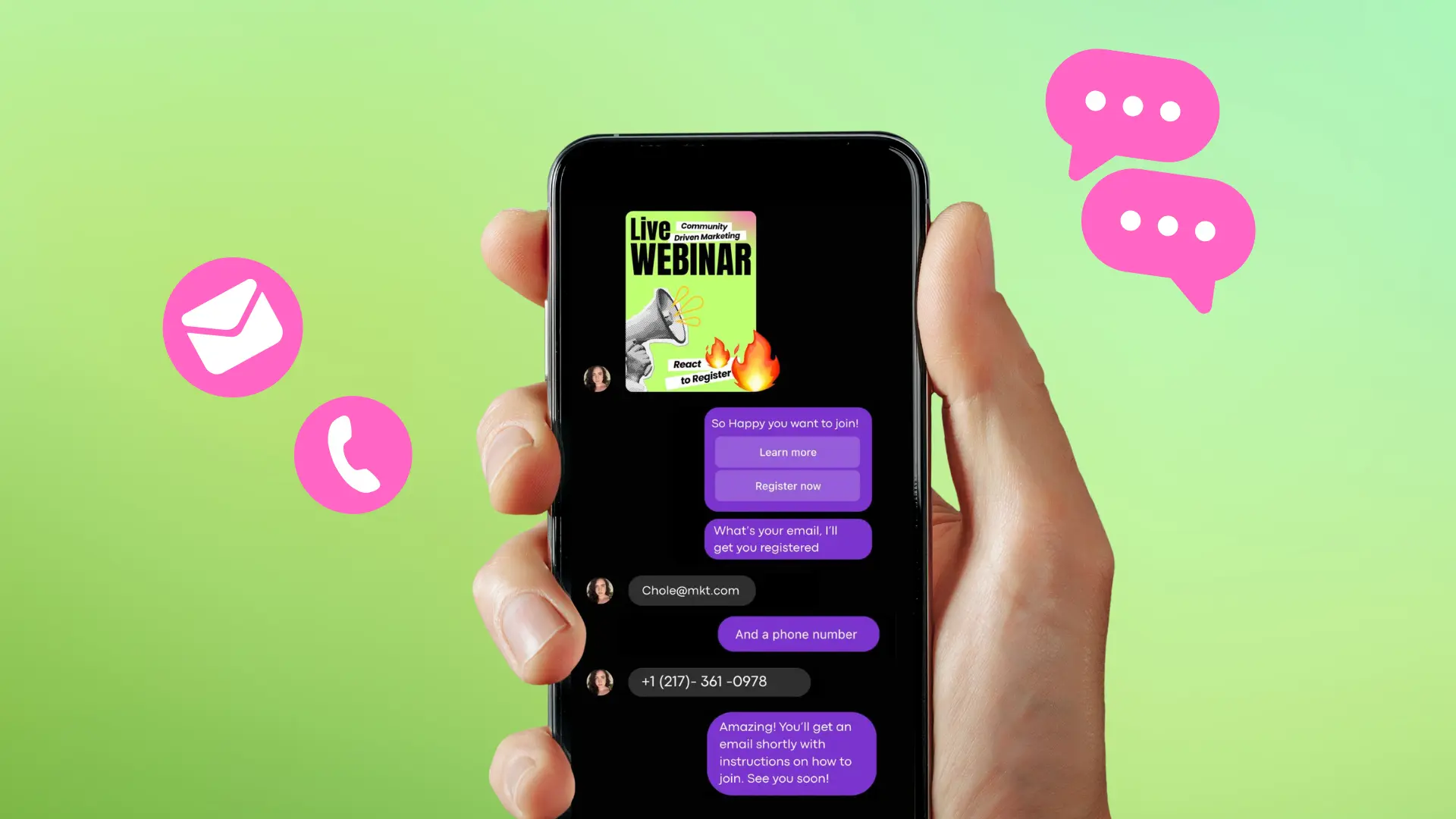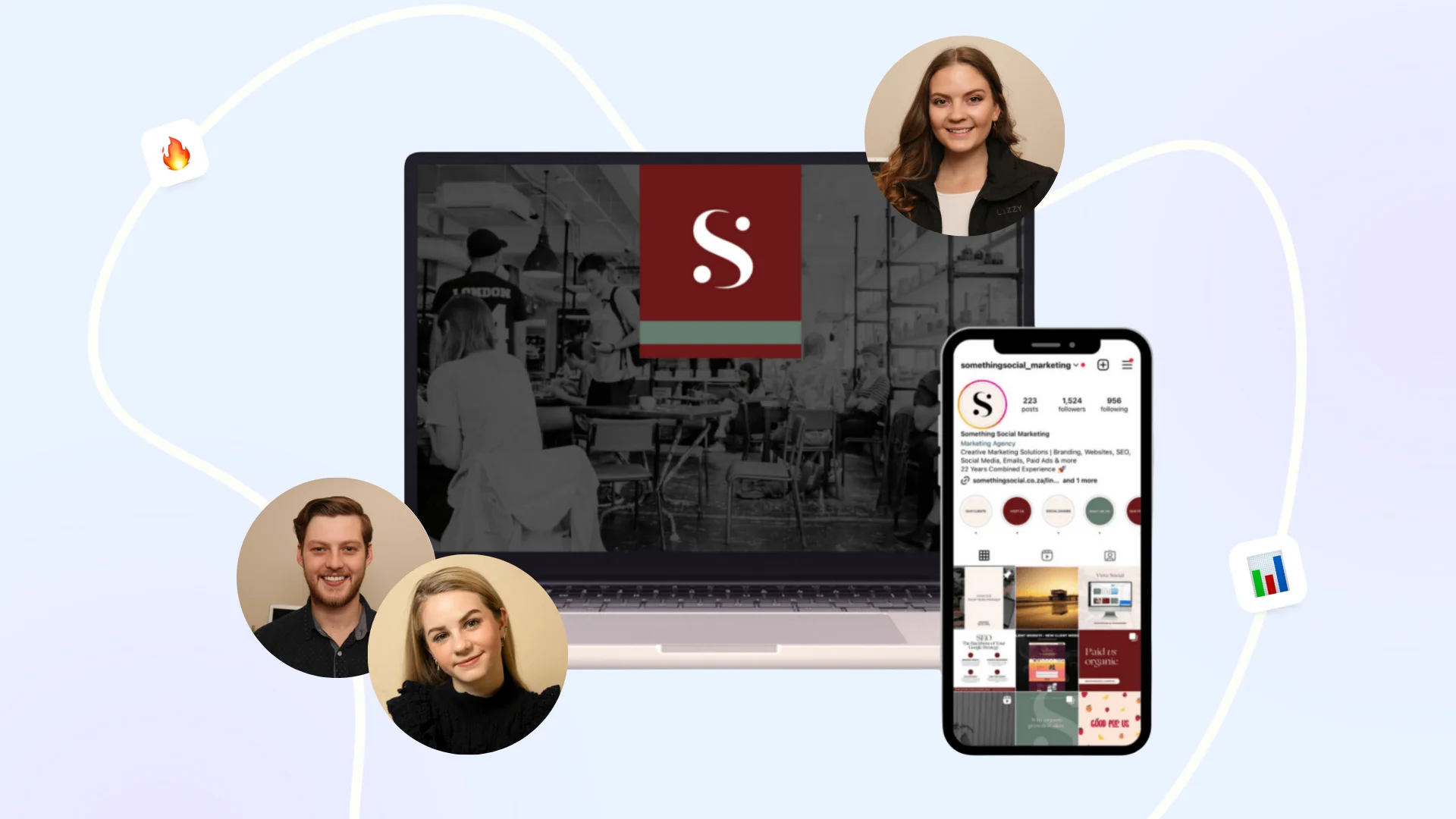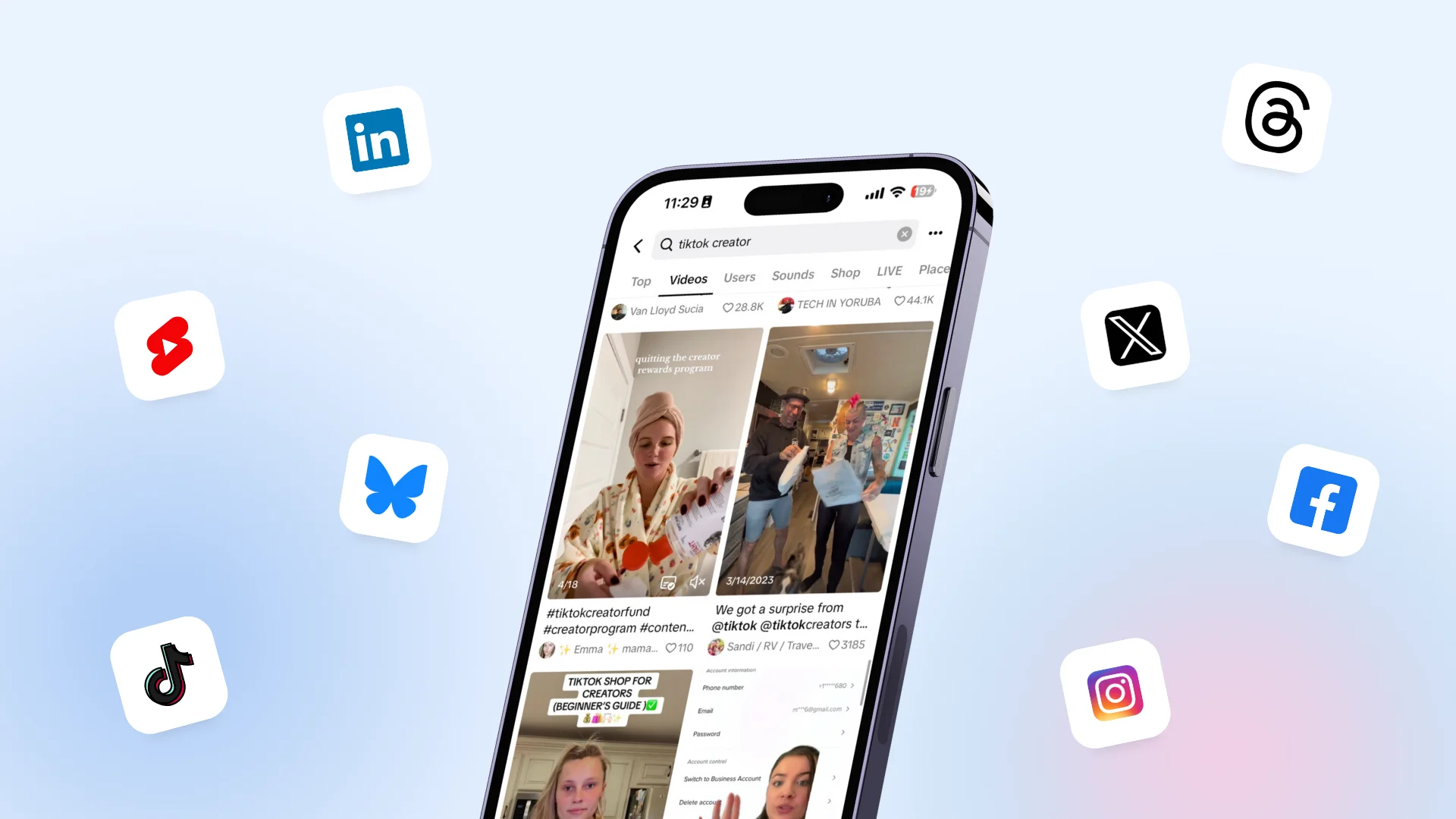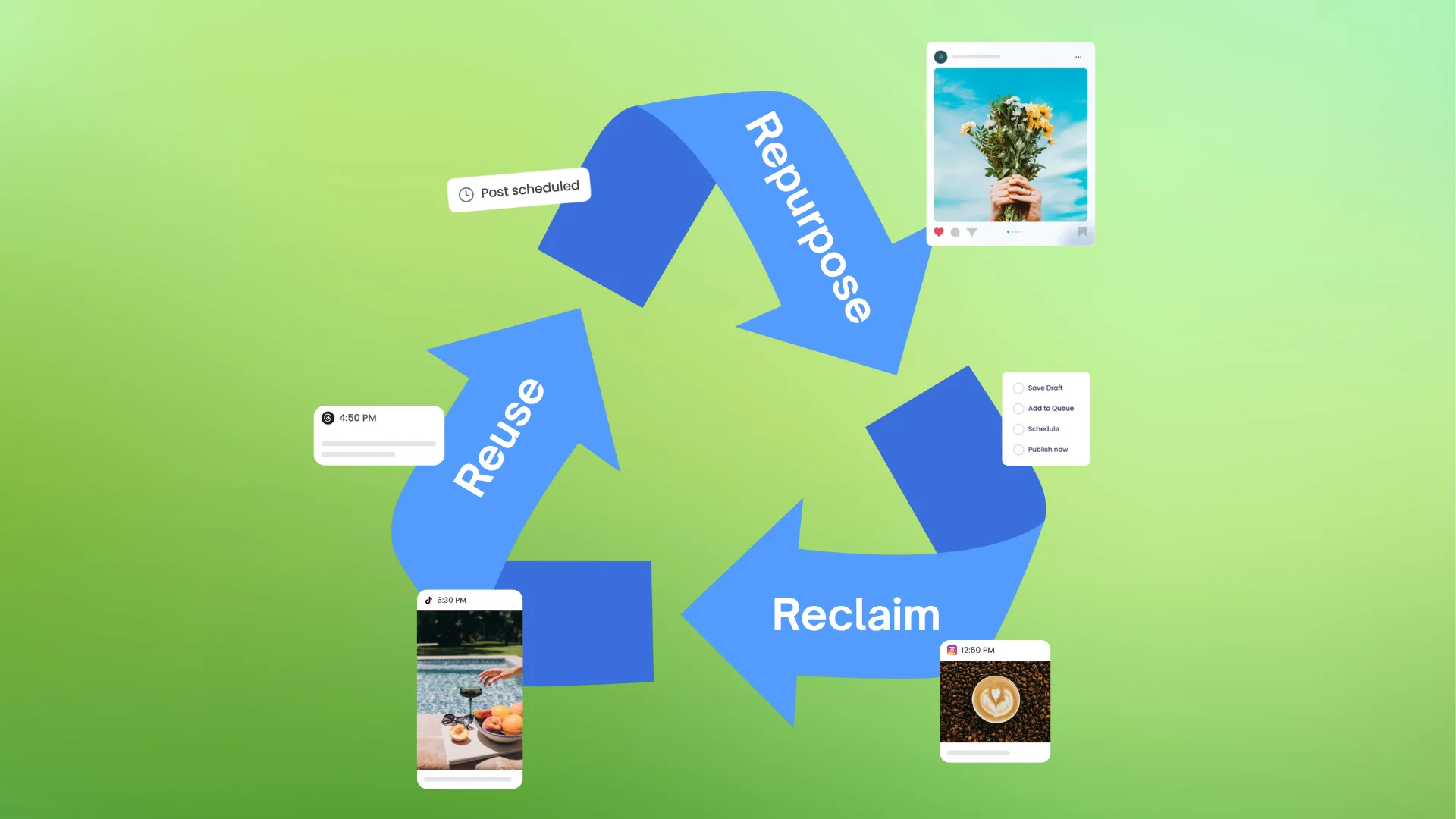New

Turn Your DMs Into Lead Gen!
Learn how to collect lead data from your DMs such as email addresses, phone numbers, and more right from your social inbox. If you are not yet automating your DMs your competitors are outpacing you.

How Something Social Saved 75% of Their Time and Increased Revenue by 15%
See how a fast-growing agency improved operations, cut down hours of manual work, and unlocked new revenue opportunities with Vista Social.
New

50 Unique Social Media Ideas for Consistent Content Creation
Discover 50 unique social media post ideas to engage your audience, grow your brand, and maintain a consistent content strategy with ease!

Mastering Content Reuse: The Key to a Consistent and Sustainable Posting Strategy
Social monitoring
There are 2.77 billion social media users around the globe in 2019.
Alongside pictures of their outfits and pets, these users are also sharing important insights for brands. Every post from a customer relevant to your industry is an opportunity for your business to grow by figuring out what your customers like, dislike, want and need.
The more you measure and monitor consumer conversations, the more useful data you collect. This information then adds insight to future campaigns, so you’re no longer making suppositions and guesses about what your client expects from you. You’re delivering useful responses to their questions and all of their demands.
What is social monitoring?
The term “social monitoring” is often used interchangeably with social listening. While both of these terms define a form of social media measurement, they do not share the same meaning. Monitoring serves as the act of that data collection and tells you what your customers are saying. Listening tells you why those comments are happening and is more important in terms of analysis.
- Social media monitoring is the process of gathering social conversations and messages into a collection of useful information. You can also react to each individual message you read, responding to concerns, complaints and questions on each platform.
- Social media listening is the process of analyzing the useful conversations you find. From there on, you can create larger campaigns and make alterations and adjustments to your business based on trends you find in the data.
Monitoring is more of a reactive process, while listening is far more hollistic involves transforming your business, a process informed by what you hear and understand online. Listening is a great route to take for evolutionary insights, while monitoring assists your business in staying attuned to customer concerns and comments.
The benefits of social monitoring
Most social media monitoring tools come with social listening features. When used efficaciously, these tools help to improve your communication strategy and enhance your brand. Some of the positive results of social media monitoring include:
- Making improvements to brand reputation: When you’re always cognizant of the things your customers are saying, you can react to their needs quickly.
- More engaged customers: Monitoring can help you find opportunities for your business to get into productive conversations with customers. This results in stronger relationships over time.
- More useful insights from campaigns: By tagging messages and using keywords on tools like Vista Social, you can monitor what people are saying about your brand.
- Never be out of the loop: You won’t have to concern yourself with losing track of trends in customer sentiment or experience. Social monitoring is a surefire way to always know what your audience thinks and feels.
Try Vista Social for Free
A social media management platform that actually helps you grow with easy-to-use content planning, scheduling, engagement and analytics tools.
Get Started NowHow to use social media monitoring
The simplest way to engage with social media monitoring is to use the correct tool. Solutions like Vista Social allow companies to measure and analyze conversations started by their audience on social media. You may even attempt to monitor conversations that include the name of your competitors so that you can maintain an awareness of your position in the marketplace.
Social media monitoring tools even give brands chance to get back lost customers. If you know which consumers are unhappy with your business, you deliver the thorough resolutions they’re looking for, fast. The faster you respond in a genuine way, the more likely it is that you’ll turn unhappy clients into brand advocates.

stronger relationships on social
Vista Social helps you understand and reach your audience, engage your community and measure performance with the only all-in-one social media management with easy-to-use features like publishing, engagement, reviews, reports and listening.